We’ve all been there—loving what we do but dreading the environment we do it in. The angst-filled meetings, the pessimistic colleagues, the general feeling that everyone would rather be anywhere else. What if you could change that, even without a fancy title or formal authority?
Recently, one of our Optimism Library subscribers wrote to us asking what to do in this situation: “I love what I do, but I can’t stand the vibe at work. Is there any way I can create a little bubble of sanity with my immediate team without coming across as exclusive or weird?”
We took this question to Simon. Here’s what he said.
You Don’t Need Authority to Create Culture
The first myth Simon busted was the idea that you need a formal leadership position to influence culture:
“Yes, it’s called initiative—taking responsibility for the culture without needing any authority,” Simon said. “You can take responsibility for making the four people you work with have a freaking great time at work!”
So, instead of waiting for leadership to fix the culture from the top down, you can start creating the environment you want right where you are.
Small Actions, Big Impact
Simon shared one example that illustrates how simple actions can create meaningful change:
“Recently I had some work done at my house, and I would always announce ‘Pizza Fridays.’ I always tell the foreman, ‘Hey. Every Friday I’m buying pizzas for everybody.'”
The result? “Strangely, more guys seem to work on Fridays,” Simon laughed.
But the impact goes beyond just having more workers show up. “If I have a little thing that I need, everybody says yes. That’s not why I do it, but it is one of the benefits.”
Ideas You Can Implement Today
Simon suggested several simple ways to start creating a positive bubble:
- End meetings with a fun tradition: “At the end of a call when you have an extra three minutes… I could do something silly and fun that made it so we all got off the call with a smile.”
- Celebrate successes in tangible ways: “One of the companies I know, when they hit their numbers, management makes popcorn in the morning. And so you know when you walk in, if there’s a smell of popcorn, we did well.”
- Create moments of connection: Ask team members during lulls in meetings to “tell me one thing we don’t know about you.” Simple, but it makes everyone smile and builds connection.
You don’t need a budget or permission for this sort of stuff—just creativity and initiative.
Will People Think You’re Weird?
The subscriber’s concern about “coming across as exclusive or weird” is valid.
“Will you be seen as weird?,” says Simon. “If you’re the first person dancing, probably. But people get it if you’re trying to do it for the good of everyone. And if you make it voluntary, it’s fine.”
Frame your efforts as “for the good of all,” make them fun, and keep them voluntary. Most people will appreciate what you’re trying to do—even if they’re hesitant at first.
There’s also a perfectly acceptable “selfish” motivation for creating a positive bubble:
“At the end of the day, the selfish part is you’re trying to make it more fun for you to come to work by doing these things,” says Simon.
Making the workplace more enjoyable for yourself by making it more enjoyable for everyone is a win-win approach to culture change.
Simon did add an important caveat: maintain professional boundaries. When someone suggested asking colleagues to share “deep dark secrets,” Simon quickly said, “No, don’t ask that. You still have to be professional.”
The Bottom Line
You don’t need to wait for someone else to fix a bad work culture. With simple, consistent actions focused on bringing people together and celebrating successes, you can create a bubble of positivity that might just grow to transform your entire workplace.
These don’t have to be grand gestures—sometimes it’s as simple as the smell of popcorn in the morning or a genuine question at the end of a meeting.
Facing a challenge at work? Maybe Simon can help. As an Optimism Library subscriber, you’re invited to our exclusive quarterly Live Q&A sessions where you can ask Simon your questions directly.












